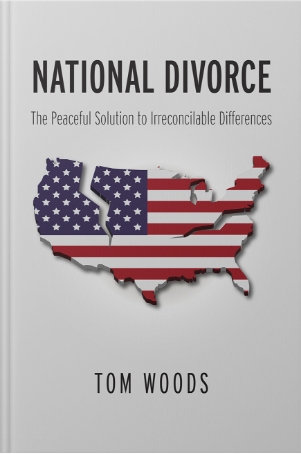(UPDATE BELOW.)
My friend Bob Wenzel has a post up today citing Paul Krugman’s claim that the Fed was in fact expansionary in the early 1920s, and that this means our side can’t cite the recovery as a point in our favor. Leaving aside the testimony of Joseph Schumpeter to the contrary, who said that the 1921 case “shows better than any theory could how the system pulls itself out of troughs under its own steam and how it succeeds in doing so while the price level is falling,” here’s what Jeffrey Herbener, associate editor of the Quarterly Journal of Austrian Economics, has to say in the LibertyClassroom.com forums (this is an excerpt):
The monetary contraction starting in 1921 was the intentional sell-off of bills discounted by the Fed, which completely overwhelmed the coincident gold inflows. The Fed’s balance sheet didn’t stop falling until 1922 (well after the recovery had begun) and plateaued for the next two years (as the recovery proceeded apace). In other words, Fed policy was decidedly contractionary during the early recovery from 1921-1922 and significantly contractionary during the entire recovery from 1921-1924.
http://greshams-law.com/2012/02/13/charting-the-federal-reserves-assets-from-1915-to-2012/
Each Federal Reserve bank set its own discount rate in the 1920s. The first chart at the link below shows the discount rates through the 1920s. The rates generally rose during 1920 from 6 to 7 percent where they stood until the spring of 1921, then the FRDBs lowered their rates to 4 1/2-5 percent by the end of 1921. Then they were steady until mid-1924, just like the Fed’s balance sheet.
Clearly, Fed policy was not expansionary during the recovery.
UPDATE: Jeff writes further:
The NBER dates the downturn as the 18 months from January 1920 to July 1921.
http://www.nber.org/cycles/
cyclesmain.html Calculations from Friedman and Schwartz data sets show that high-powered money fell 17 percent from its peak in October 1920 to its trough in January 1922 and M2 fell 7% from its peak in September 1920 to its trough in January 1922. So, the economy was in recovery for six months while the Fed’s policy was contractionary. For 1922, HPM increased 6.4% and M2 increased 11.6%. So, the expansion of the money stock was disproportionate to the policy of the Fed. In other words, there was a rebound of business confidence, investment, lending, and deposit creation.
In contrast, Fed policy during the 1929-1933 downturn of the Great Depression was decidedly expansionary. NBER dates the downturn as the 43 months from August 1929 to March 1933. Calculations from Friedman and Schwartz data sets show that from October 1929 to February 1933, HPM increased 20% while M2 fell 29% from October 1929 to April 1933.
Fed policy was also expansionary during the downturn of 1937. NBER dates the downturn as the 13 months from May 1937 to June 1938. Calculations from Friedman and Schwartz data sets show that HPM rose 5.5% from April 1937 to May 1938 while M2 fell 2.6% from March 1937 to May 1938.







